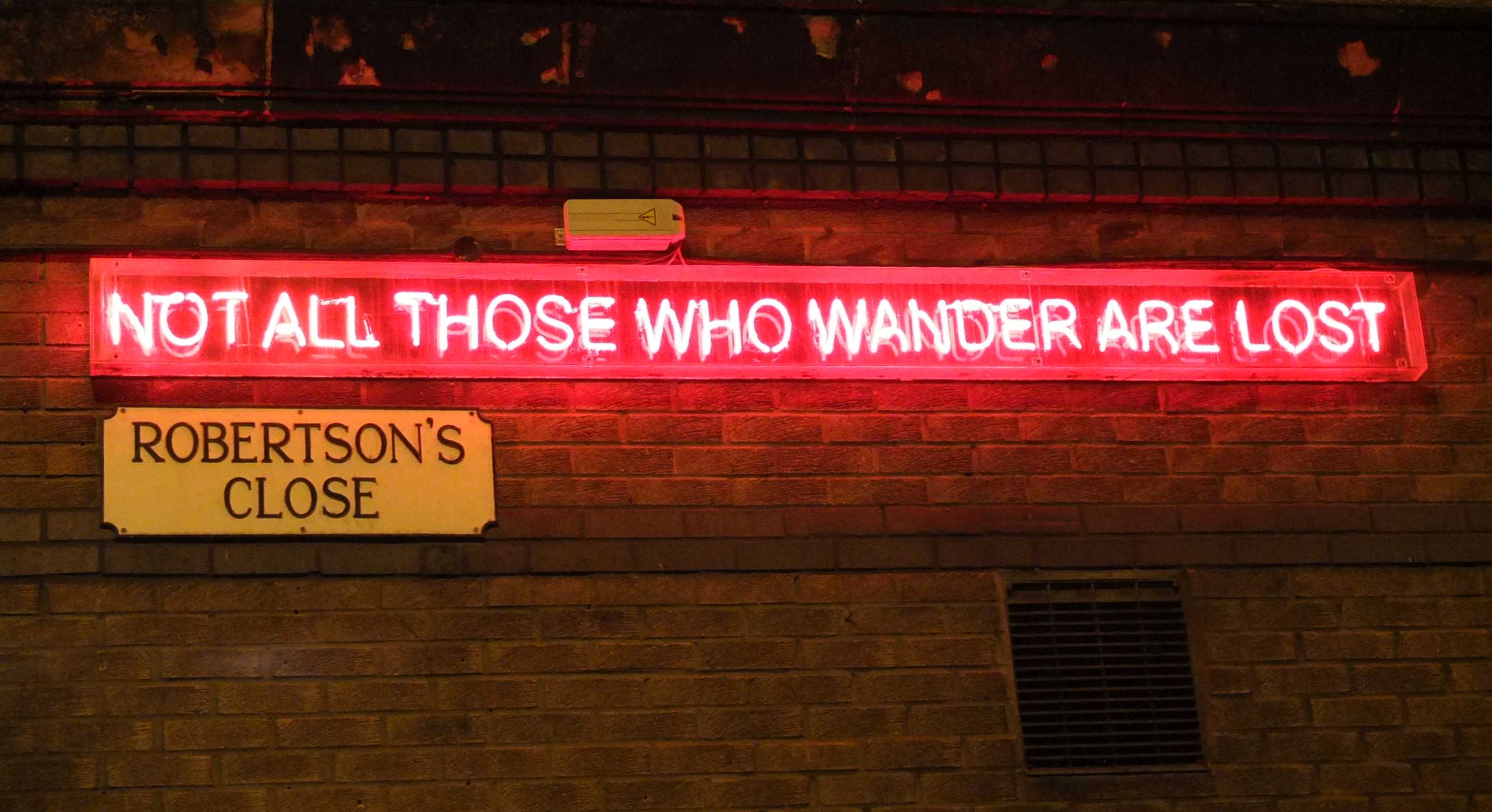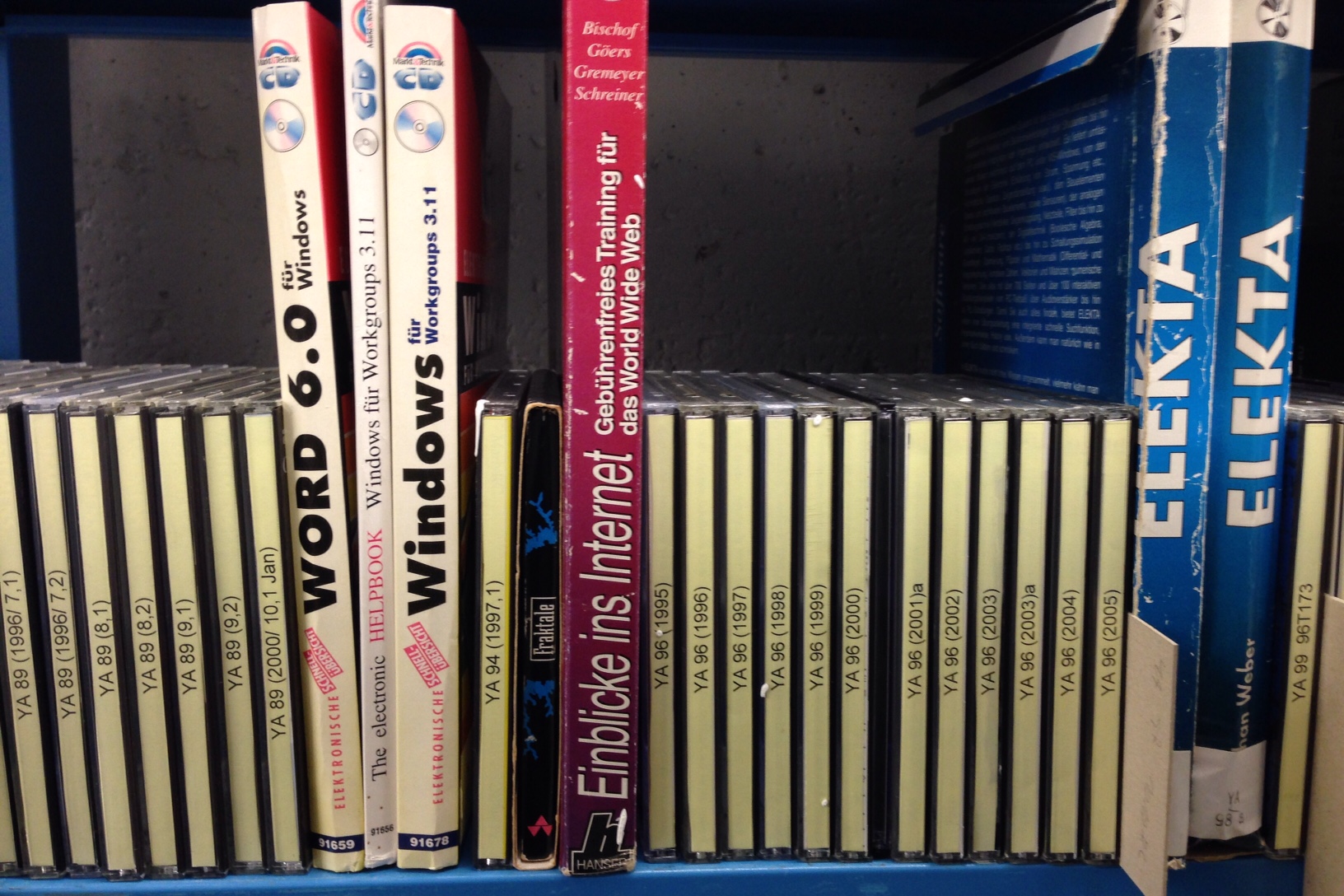Michelle Lindlar is Digital Preservation Team Leader at Technische Informationsbibliothek (TIB) in Germany.
Dear past self,
You left your IT job a couple of months ago to work in digital preservation. It seemed like a really exciting and good fit given your background and interests. I think you’re still trying to work out the culture shock of working in a public service environment and trying to figure out what digipres is ‘zactly. I thought a few pointers and words of encouragement from future-you-who-has-been-in-the-job-for-a-while would be good.
“Digital Preservation?”, you ask. Your German job description says „Digital Long-term archiving“ – or, in German „Digitale Langzeitarchivierung“. While there is an undeniable glam factor to „digital preservation“ (especially in comparison to “long-term archival”) it has two other things going for it:
(1) it stresses the ACTIVE part of your job, the ongoing task. You’ll spend a good time of your first few years explaining to management that there is no “magic box” in which digital objects can be tossed and where some automatic heal-thyself-magic takes care of them. Nope, doesn’t exist. It’s expensive. It takes work. It’s a never-ending task which has to become a baseline activity of the institution.
What helps are real-life examples of broken objects. Spend time early on finding stuff that already broke or which is hard to access or that is in severe danger (like those CD-Rs or that old database which only runs on Win98). It wasn’t in your job description – but lobbying for what you do is a major aspect of the game.
(2) the “digital” and “archival” parts of the job title are what make IT give you the stink-eye. They think you’re there to re-invent a job they have been doing for years: backup. Show them the same broken files you showed management to stress all the other aspects beyond bit preservation. They’ll love the fact that there is an “organizational” component to it …. and that they don’t have to do it. That’s the easy part – the harder part is a necessary discussion about number of copies and the independence of these copies. Hate to tell ya, but that’s a long battle you have to fight. If your institution can swing it, drag your sysad to PASIG it’s an event with a great balance between storage and process talks on digital preservation.
What you’re most likely struggling with currently is trying to find someone who can tell you exactly how many digital objects your institution has. I’ll let you in on a secret – no one can. And this is true for pretty much every institution you’ll talk to over the years. So don’t feel bad – talk to different departments to create an overview of the institution’s holdings. Start with where digital objects are located, then worry about the format and drill down to numbers last. A digital holdings map is a necessary guide for you and it helps with those conversations with management and IT.

You read somewhere that there is this must-use tool JHOVE to validate digital objects. You’re pretty proud of yourself ‘cause you understood what validation is and why is it necessary … but why-oh-why is there no user guide for those error messages!? You’ve been searching the web, but as no information turned up you’re starting to believe that since everybody is using the tool everybody must understand the output perfectly … and you’re just terribly ill-suited for the job. You’re not. Even in 2017 a lot of people use the tool without fully understanding the validation errors. Over the years some efforts will be made in documenting them better. What you should do is pick a format and learn how it’s structured, e.g., by reading the spec (yeah, they’re usually long and lack in story arc … but hey, you like a challenge, right?). Once you know the format, you’ll understand the error messages. It’s like Sun Tzu said: “Know your enemy”.
Also, you’ve been looking for best practice examples and trying to find out how other’s do digital preservation. But detailed information on systems and processes is scarce – and even when engaging in conversation you don’t get much info. Is it because you’re asking dumb questions? Because you’re a n00b to the field? Don’t worry … the reason is you’re all in the same boat. Nobody has the perfect answer yet and there will never be a one-size-fits-all solution for digital preservation. Don’t look to learn from others – learn with others.
Lastly and most importantly: this job turned out to be the best. You’ll grow to absolutely love the domain. It is like a life-long commitment to learning which never gets boring and you’ll meet some amazing people along the way.
Cheers,
Your future self.


Comments
I like the happy-end-part. I feel the same.
But as the first 2-or-so-years were difficult, I wish I would have had that letter, too!